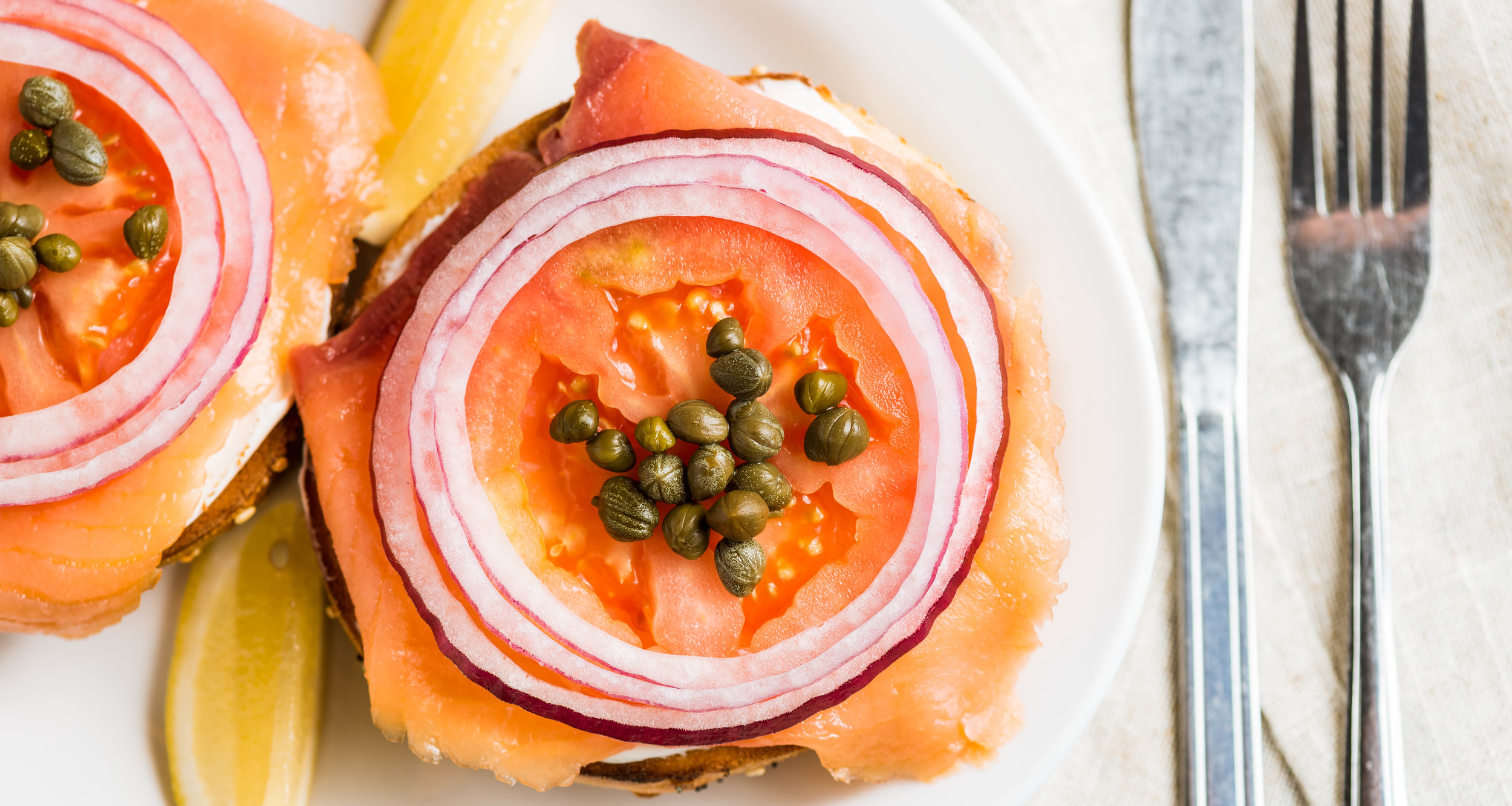Building DoorDash’s photography program from the ground up
For years, DoorDash was the only food delivery service without photography. Customers want to review photos before purchasing anything online. This is especially true for food, which could nourish us or make us sick depending on the quality.
Building a national network of photographers isn’t the type of work a designer normally takes on, but I knew delicious food photos would add immense value to the customer experience. After accepting the responsibility of leading the team, I was faced with the question: “How do we get beautiful photos into 30,000 menus?”
Approach
Our team worked like a start-up within a start-up. We experimented rapidly with how to sign merchants, tried different photography styles, and tested whether large agencies, boutique photo firms, or independent photographers worked best.
Creating the style guide
My first focus was to achieve quality at scale. Some sites, like Yelp, allowed consumers to upload their own photos. Some at DoorDash believed we should go this route because it would get us more photos faster.
However, the results on those sites made it clear that maintaining quality with this process was impossible. User generated content wasn’t going to be possible for food, where a bad photos like these would significantly hurt conversion.
Quality and consistency were our top priorities. Through a series of test-shoots with partner restaurants, we established a style guide that would be unique to DoorDash’s brand and help us maintain a similar aesthetic style between shoots and photographers
Finding quality photographers at scale
To jumpstart the project quickly, I first started working with outside photography agencies. The boutique agency was expensive and required too much coordination to work at scale. By using a large third-party agency we beat our initial photoshoot goal by 30%, but it was expensive and quality was difficult to control.
I took these learnings and created our own photography network. We hired photographers on Craigslist, gave them our style guide, and granted them a few test shoots. The results were excellent, and we were able to scale this process nationally while maintaining incredible quality and cutting costs by 80%.
Signing up merchants
The hardest part of giving away free photoshoots was reaching a decision-maker at every restaurant. We found that a combination of drip-campaign emails and phone calls were the most effective way to sign up merchants. I hired two TaskRabbits to place the phone calls. They targeted the lull between lunch and dinner when restaurant staff would be most available.
Despite the project’s scale and my six-figure budget, our team had almost no engineering support to build internal tools to support the photography project. I had to get scrappy with our process. Photoshoot sign-ups were input into a simple Google Form that fed into an Asana board via a Zapier connection. From Asana, our photographers around the country were able to autonomously claim shoots and submit images for review.
Integrating into product
Surprisingly, initial experiments results weren’t very promising. After digging into the data, I realized that our expectations were unrealistic.
The checkout journey was a multi-step process that required customers to make several key decisions: what cuisine they wanted, what restaurant to select, what items to pick, and finally whether they wanted to complete the purchase. What I was learned was that photography wasn’t a silver bullet to increase sales. Instead, photos helped users make the next decision in the journey. For example, launching photos on the Explore page did nothing to boost overall sales, but restaurants with photos had an 11% increase in traffic. Photos were helping customers make their next decision.
To boost overall sales, I proposed that we leverage photography on key pages to help customers keep up their decision-making momentum. My team launched Explore, Menu, Item Detail photos. DoorDash has since launched photography on the Restaurant Search Results, Item Search Results, and Menu Category pages like I recommended.
Results
Reduced costs and incredible quality
I grew DoorDash product photography from a few test shoots to a team of over 70 operating nationwide. My approach let DoorDash achieve industry-leading images for 80% cheaper than competitors. Photography has had a major impact on multiple parts of DoorDash's business.
Project scale
At first, many in the company didn’t support the photography project. By the time I wrapped it up, I was overseeing over 70 photographers across the country, in addition to teams in San Francisco, South Carolina, Phoenix, and India that each supported a different part of the operation. The program is still producing amazing food photos for merchants in the 5,000 cities DoorDash operates in.
Improved consumer experience
Photography now plays a prominent role in our consumer experience, and measurably improved conversion throughout the checkout flow. Testing images on the landing page resulted in 11% higher traffic to merchants with photos.
Partnerships
Because we only offered free photoshoots to partner merchants, business development teams were able to use photography as a lever to sign new partners. Teams were also able to use photoshoots as a way to renegotiate higher commissions with existing partners.
Business Development
Our new photo-centric consumer app was featured at Apple's Worldwide Developer's Conference and in the AppStore. Photography played a central role in campaigns with national partners like TacoBell, BevMo, and Cheesecake Factory.
A photo from one of my test shoots appeared on stage at WWDC
Marketing
Our photo library has been a huge benefit to our marketing teams, who use our images daily throughout social media, email campaigns, and the AppStore.




















